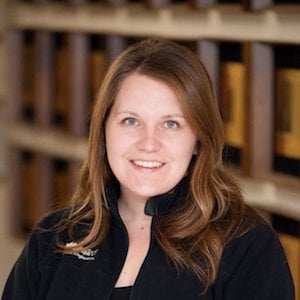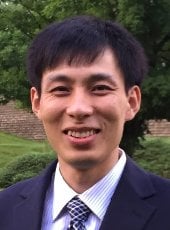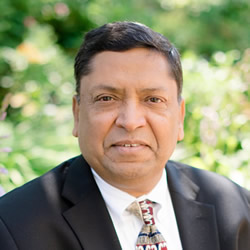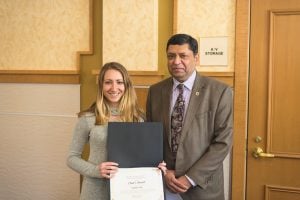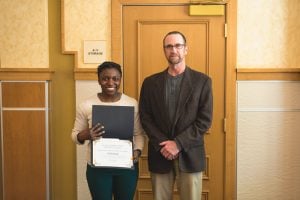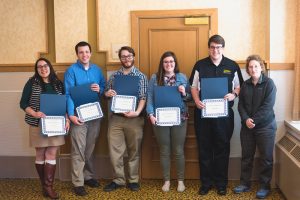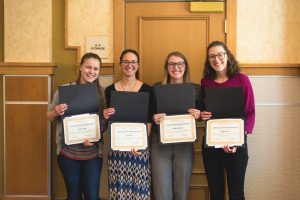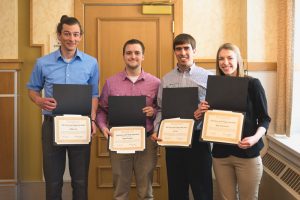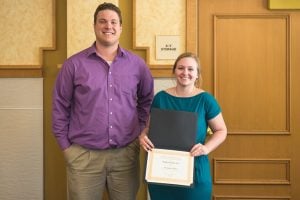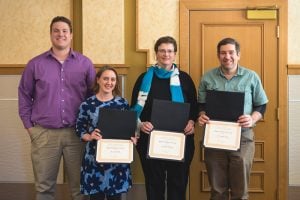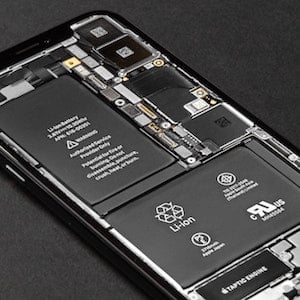At an awards program Wednesday, January 8, 2020, in the Memorial Union Ballroom, staff members were honored with the Staff Council Making a Difference Awards.
Among the award recipients is Department Coordinator Alexis E. Snell. She was nominated by Department Chair Pradeep K. Agrawal for the Legacy Award.
She strikes the perfect balance between being friendly and approachable while ensuring that all tasks are handled in a professional and timely manner. Suffice to say, I would be lost without her guidance and support, and there is little or no margin of error in my current position.
The Legacy Award recognizes a staff member who:
- Has a minimum of 15 years of service to Michigan Tech
- Engages in collaboration and promotes teamwork
- Improves efficiency and exhibits a proactive approach to finding solutions
- Invests time and effort into mentoring colleagues and sharing knowledge with others
